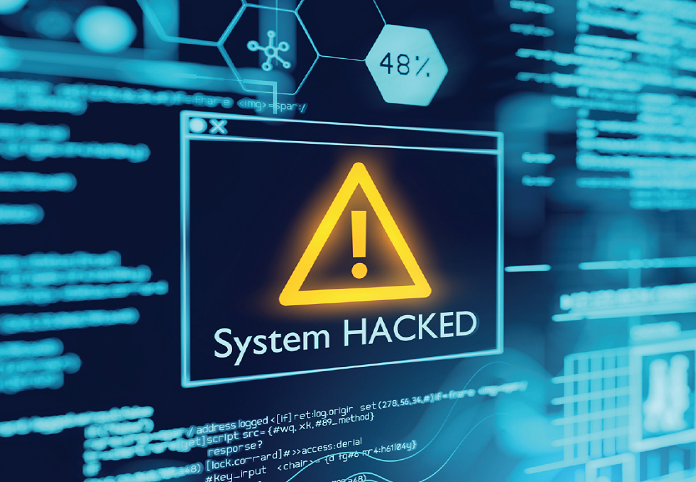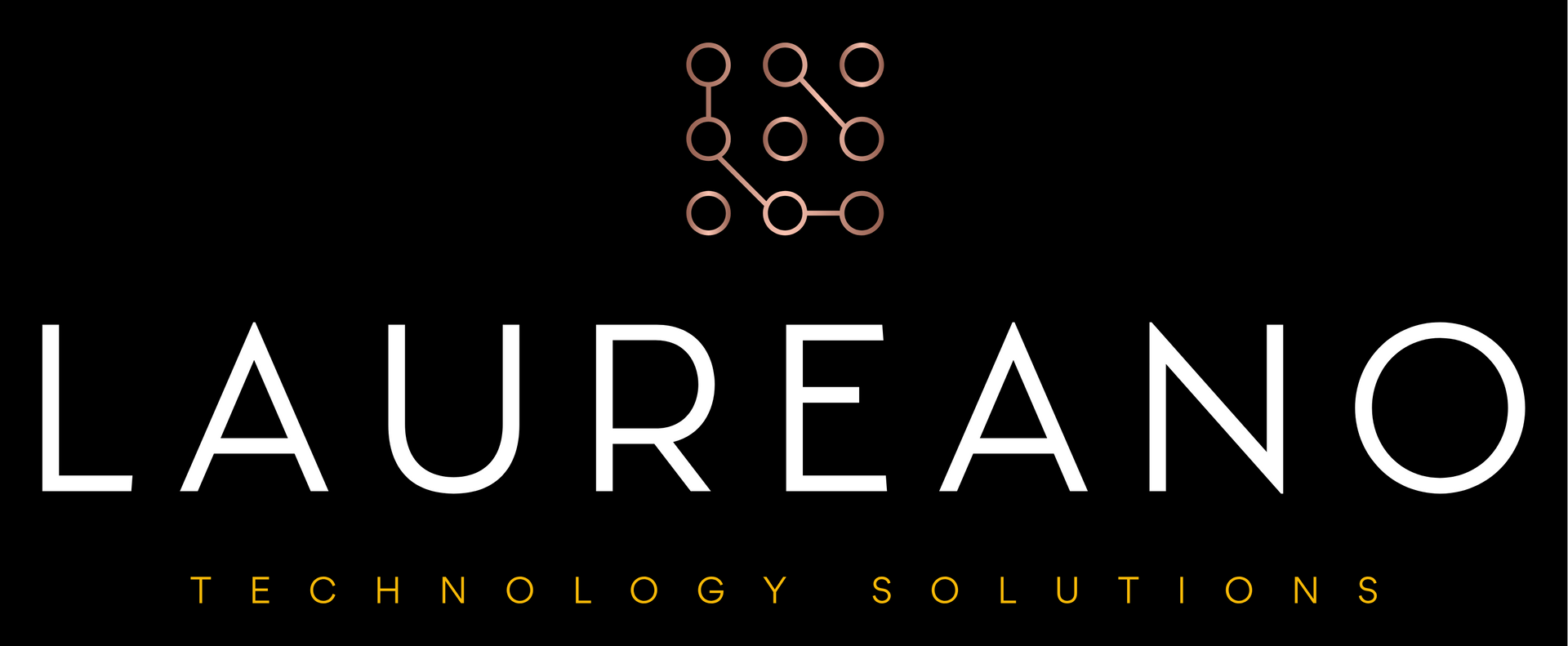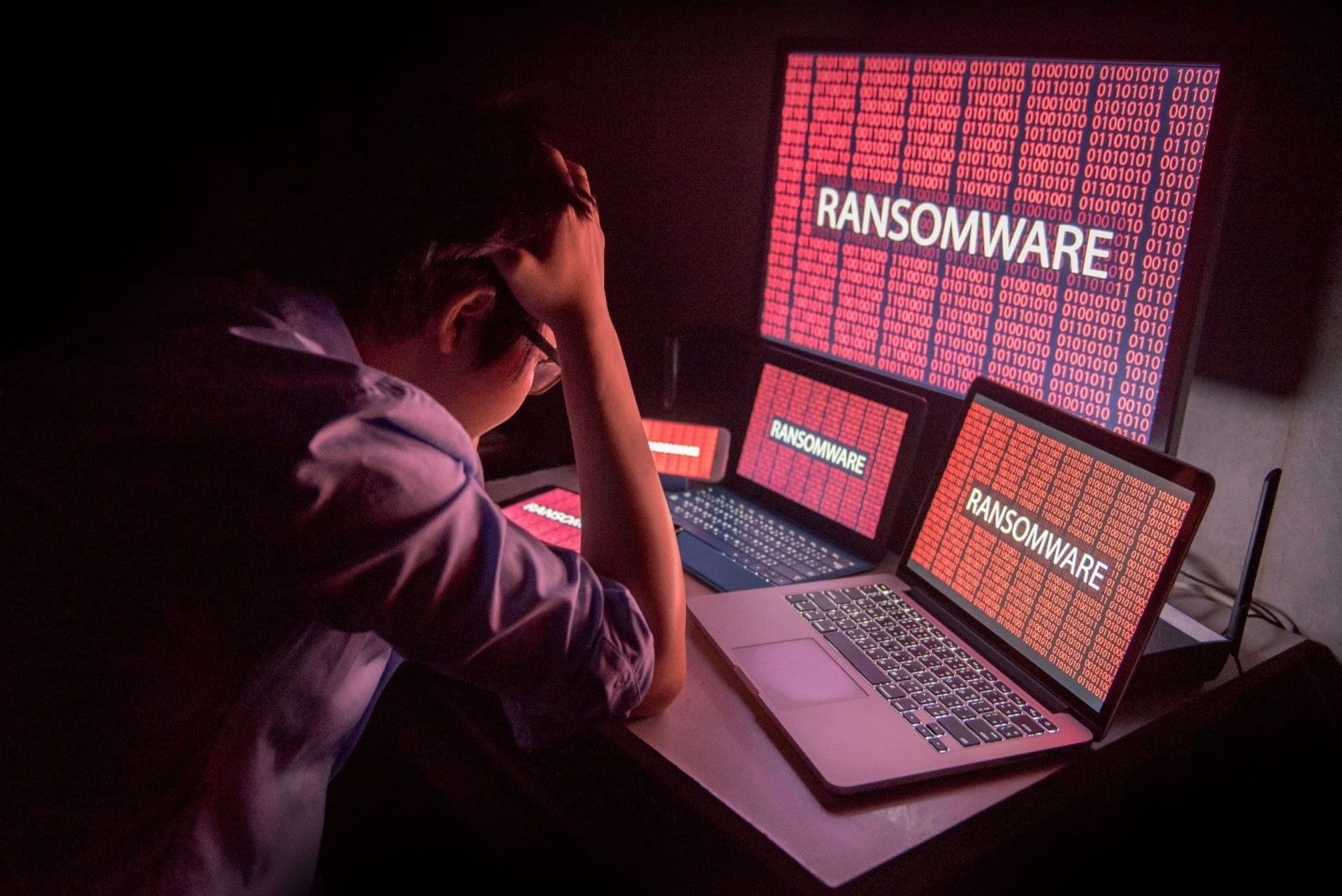You've Been Hacked!
From encryption to intrusion, hacked, in digital collusion

David vs. Goliath: How SMEs in the US Can Combat the Evolving Cyberthreat Landscape
Small and medium-sized enterprises (SMEs) are the lifeblood of the US economy, yet they often find themselves woefully underequipped when it comes to cybersecurity. While large corporations have dedicated security teams and hefty budgets, SMEs are left to navigate a complex and ever-changing threat landscape with limited resources.
The statistics paint a grim picture:
● 43% of cyberattacks target small businesses (Verizon Data Breach Investigations Report 2023).
● The average cost of a data breach for an SME is over $86,000 (Ponemon Institute 2023 Cost of a Data Breach Report).
● Only 14% of small businesses believe they are very prepared for a cyberattack (National Cyber Security Alliance 2023 Cybersecurity Awareness Month Survey).
So, what can SMEs do to fight back? Here are some key strategies:
1. Embrace Cost-Effective Solutions: Gone are the days of expensive, enterprise-grade security software being the only option. Today, several cloud-based security solutions offer robust protection at affordable prices. These solutions often include features like: * Email security: Filtering out phishing attempts and malware. * Endpoint protection: Protecting devices from viruses and other threats. * Data encryption: Safeguarding sensitive information. * Multi-factor authentication: Adding an extra layer of security to logins.
2. Prioritize Awareness Training: Employees are often the weakest link in the security chain. Regular cybersecurity awareness training can help them identify suspicious emails, avoid phishing attacks, and protect sensitive data.
3. Leverage Managed Security Services: For businesses lacking the internal expertise, managed security service providers (MSSPs) can offer a cost-effective way to monitor and manage their security posture. MSSPs can provide 24/7 monitoring, incident response, and ongoing threat intelligence.
4. Stay Up-to-Date: The cyber threat landscape is constantly evolving, so it's crucial for SMEs to stay informed about the latest threats and vulnerabilities. Regularly updating software and firmware, patching vulnerabilities promptly, and following best practices are essential.
Emerging Threats and the Future:
While traditional threats like phishing and malware remain prevalent, new threats like ransomware attacks and supply chain vulnerabilities are on the rise. Additionally, the increasing use of Internet of Things (IoT) devices creates new attack surfaces for cybercriminals.
The good news? Emerging solutions like artificial intelligence (AI) and machine learning (ML) are being used to develop more sophisticated security tools that can proactively identify and respond to threats.
The Outlook:
Despite the challenges, the future is not all doom and gloom for SMEs. By adopting cost-effective security solutions, prioritizing employee training, and staying informed about emerging threats, SMEs can significantly improve their cybersecurity posture and protect themselves from the growing number of cyberattacks.
Remember: Cybersecurity is not a one-time fix, but an ongoing process. By being proactive and taking advantage of the available resources, SMEs can become more resilient and secure in the face of an evolving cyber threat landscape.
Ruth Laureano
Founder & CEO
Copyright Laureano Technology Solutions 2024




